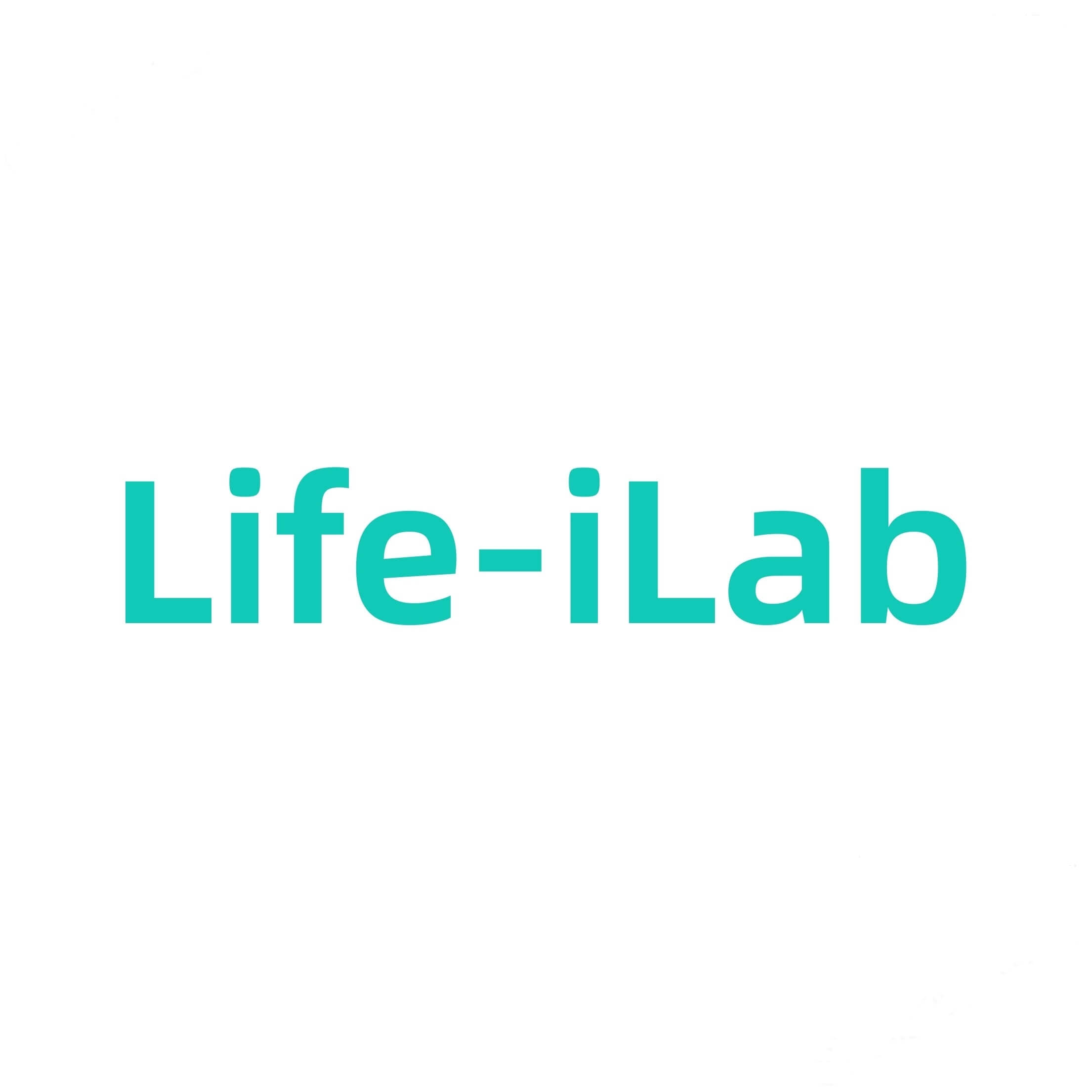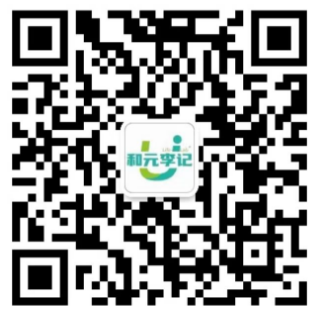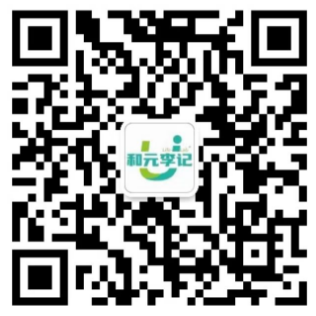Product Description
Mesenchymal stem cell serum-free medium is a human mesenchymal stem cell culture medium without exogenous animal components. It can be applied to the primary isolation, expansion, and subculture of stem cells derived from human umbilical cord tissue, while maintaining their multi-directional differentiation potential. The endotoxin level of this product is much lower than the Chinese Pharmacopoeia standard. The production process follows the ISO9001 system and complies with GMP guidelines.
The main components of serum-free culture medium for mesenchymal stem cells include amino acids, vitamins, inorganic salts, albumin, transferrin, insulin, trace elements, cytokines, etc. Mainly used for primary isolation, expansion, and subculture of stem cells derived from human umbilical cord.
ordering information
product name | Item number | specifications |
Mesenchymal stem cells cultured in serum-free medium | AC01L201 | 450 mL+50 mL |
Product components
components | specifications | storage condition |
A. Mesenchymal stem cells cultured in serum-free basal medium | 450 mL | 4℃ |
B. Mesenchymal stem cells without serum additives | 50 mL | -20℃ |
Transportation and storage
Dry ice transportation. Component A is stored at 4 ℃, component B is stored at -20 ℃, mixed and stored at 4 ℃, with a shelf life of 12 months.
usage method
Preparation of serum-free culture medium for mesenchymal stem cells
1. Quickly thaw component B at 37 ℃, which does not easily destroy the nutrients in the additive during rapid dissolution, and the time is approximately 10 minutes. Shake well after the additives have melted, and then pack or add them directly to the basic culture medium in proportion. After packaging, store the additives immediately at -20 ° C to -80 ° C to avoid repeated freezing and thawing.
2. Add component B to component A at a ratio of 10%, mix well, and obtain serum-free culture medium for mesenchymal stem cells. The mixed culture medium can be stored stably at 4 ℃ for 2-3 weeks, and it is not recommended to use culture medium that has been prepared for more than 3 weeks.
3. Mesenchymal stem cells cultured in serum-free medium can be directly used for primary isolation, expansion, and subculture of stem cells derived from human umbilical cord tissue.
4. Pre sterilize experimental instruments such as scissors and tweezers with high temperature and pressure.
5. Pre ultraviolet sterilization ultra clean bench/safety cabinet and other experimental environments.
[Note] The following steps should be performed under sterile conditions:
1. Primary isolation of mesenchymal stem cells (adherent method)
Umbilical cord introduction: The umbilical cord includes umbilical cord blood, Wharton's glue, two arteries, and one vein, all of which are enveloped by the umbilical cord epithelium (inner lining membrane). Umbilical cord is the main source of mesenchymal stem cells, among which Huatong collagen only contains mesenchymal stem cells, which is the most commonly used structure for isolating and culturing mesenchymal stem cells. The inner lining membrane contains at least two types of stem cells: mesenchymal stem cells and epithelial stem cells, which are also the main sources of cell therapy. The following method provides detailed steps for isolating high-purity mesenchymal stem cells from Huatong gum:
1.1. Aseptically collect umbilical cords with a length of about 10cm and quickly place them into a 50mL centrifuge tube containing human umbilical cord fat preservation solution. Quickly transport to the laboratory at 4 ℃ and complete the entire process within 4 hours.
1.2. Place the umbilical cord in a 10cm diameter culture dish placed in an ice box in a biosafety cabinet. Wash the umbilical cord multiple times with pre cooled PBS to remove residual blood. The process of separating tissue blocks ensures that the entire umbilical cord is soaked in pre cooled PBS to maintain moisture.
1.3. Use scissors to cut open the umbilical cord radially, exposing the blood vessels and the surrounding Huatong glue.
1.4. Separate the Huatong glue from the blood vessel with a dissecting knife, clamp the blood vessel with forceps, and peel off the entire strip. The white part in the middle is Huatong glue (see Figure 1 for specific human umbilical cord structure).
1.5. Use scissors to cut Huatong glue into thin tissue blocks measuring 0.5-1cm square, and try not to make them too thick. Finally, the remaining umbilical cord epithelium (inner lining membrane) tissue is discarded.
Attention: The tissue block should be as close to a sheet shape as possible, increase the contact area with the culture dish, and improve the cell crawling rate
1.6. Place 10-15 tissue blocks in each 10cm diameter culture dish and add 6mL of complete culture medium. The initial number of tissue blocks and cell crawling rate of different primary separation systems were cultured in a 37 ℃, 5% CO2 incubator, as shown in Table 1.
Attention: ① To promote tissue block adhesion, the culture medium should not be added too much, otherwise the tissue block is prone to floating. ② To promote tissue block adhesion, the culture dish should not be shaken within 72 hours, and the same applies to the first fluid change within 72 hours.
Table 1. Umbilical cord tissue block adhesion data (average data)
Cultivate their diameter | Initial number of organizational blocks | Number of cells crawling out of tissue blocks | Cell crawling rate |
10cm | 16.9 | 11.8 | 69.8% |
1.7. Change the fluid every 72 hours. Generally, cells can be seen crawling out near the adherent tissue block within 5-7 days, and when the cell confluence reaches over 70% within 12-15 days, it is ready for passage.
1.8. During cell passage, use a pipette tip to remove tissue blocks and the original culture medium, and wash once with 5mL of PBS. Add 5mL of cell digestion solution to each culture dish with a diameter of 10mL, shake well and cover the bottom of the dish. Incubate at 37 ℃ for 2-3 minutes or at room temperature for 3-5 minutes.
1.9. Under the microscope, it was observed that most of the clone edges began to detach from the bottom of the dish. Gently tapping the bottom of the dish resulted in the cells falling off in a fine sand like shape. The same volume of complete culture medium was added, and the cells were completely shed by fan-shaped blowing with a pipette. The cell suspension was collected in a 15mL centrifuge tube and centrifuged at 300 × g for 5 minutes.
1.10. Resuspend and count with complete culture medium, and the cells at this time are called P0 generation. Please refer to Table 2 for the expected cell yield of the relevant generations.
1.11. According to our company's statistical data, a 10cm long umbilical cord can yield approximately 1.24 × 107 P0 generation cells, and a single umbilical cord length of approximately 20cm can yield approximately 2.5 × 107 P0 generation cells.
1.12. According to our company's testing, the cell morphology did not change within P10 passage when passaged at a ratio of 1:8. Cells above P10 generation have no practical application significance and will not be tested temporarily.
1.13. There is a significant difference in the efficiency of primary tissue separation between the two ends of the umbilical cord, with the separation efficiency near the placenta being 10-30% higher than that near the fetus.
Table 2.10cm long umbilical cord P0-P5 expected number of harvested cells (1:8 passages)
| P0 | P1 | P2 | P3 | P4 | P5 |
Number of cells | 1.2×10^7 | 9.6×10^7 | 7.7×10^8 | 6.2×10^9 | 5.0×10^10 | 4.0×10^11 |
2. Mesenchymal stem cell passage culture
2.1. Observing cells under a microscope, if the cell confluence reaches 90%, it is ready for passage;
2.2. Remove the culture medium from the culture bottle/dish, wash once with PBS, add an appropriate amount of cell digestion solution (AC-1001024) to cover the bottom of the bottle/dish, incubate at 37 ℃ for 2-3 minutes or at room temperature for 3-5 minutes.
2.3. Under the microscope, it was observed that most of the clone edges began to detach from the bottom of the bottle/dish. Gently tapping the bottom of the bottle/dish resulted in the cells falling off in a sandy shape. An equal volume of complete culture medium was added, and the cells were blown off in a fan shape using a pipette. The cells were then gently blown into single cells. The cell suspension was collected in a suitable centrifuge tube and centrifuged at room temperature of 300 × g for 5 minutes.
2.4. Discard the supernatant, add an appropriate amount of complete culture medium, resuspend the cells, passage or count according to the ratio, and inoculate at a density of 1.1-1.45 × 104 cells/cm2. Spread evenly in petri dishes/bottles and incubate at 37 ℃ and 5% CO2. Please refer to Table 3 for relevant data.
Attention: Cell scale production is recommended to be passaged at a ratio of 1:5-1:8, with a convergence rate of over 90% typically achieved within 72 hours.
Table 3. Suggested Cell Inoculation Quantity and Liquid Addition for Different Systems
| Wash PBS volume | Digestive fluid volume | Volume of culture medium | Number of cells inoculated |
10cm dish | 5mL | 5mL | 10mL | 6.0-8.0×10^5 |
T25 culture flask | 3mL | 3mL | 5mL | 2.7-3.7×10^5 |
T75 culture flask | 8mL | 8mL | 15mL | 0.8-1.1×10^6 |
T175 culture flask | 18mL | 18mL | 35mL | 2.0-3.0×10^6 |
3. Cryopreservation of human umbilical cord mesenchymal stem cells
3.1. Synchronous step 2.1;
3.2. Synchronous step 2.2;
3.3. Synchronous step 2.3;
3.4. Discard the supernatant, resuspend the cells in serum-free cell cryopreservation solution (therapeutic grade) (AC-1001006) stored at 4 ℃, and count a portion of the cells.
Attention: Serum free cell cryopreservation solution should be taken and used immediately. After use, it should be returned to the 4 ℃ refrigerator as soon as possible to prevent prolonged storage at room temperature, which may affect the quality.
3.5. After counting, adjust the cell density to the recommended freezing density of 1-5 × 106 cells/mL using serum-free cell cryopreservation solution (therapeutic grade) (AC-1001006). Each cryopreservation tube (marked in advance) should be divided into 1.5-2mL aliquots and directly placed in a -80 ℃ freezer for rapid freezing.
3.6. - After overnight storage at 80 ℃, transfer to liquid nitrogen for long-term preservation.
4. Mesenchymal stem cell revival
4.1. Retrieve the frozen hUMSC from liquid nitrogen and rapidly thaw it in a 37 ℃ water bath.
4.2. In a biosafety cabinet or ultra clean bench, first add 5 mL of fully preheated culture medium at 37 ℃ to a 15mL centrifuge tube, and thaw the fine culture medium
Slowly drip the cell suspension into the centrifuge tube.
4.3. Centrifuge at 300 × g for 3 minutes, remove the supernatant, and add an appropriate amount of complete culture medium to resuspend the cells to the recommended inoculation concentration (refer to Table 3).
4.4. Evenly drop the cell suspension into the culture bottle/dish, and horizontally shake the culture bottle/dish to make the cells uniform. Place at 37 ℃, 5% CO2 strip
Observe the cell recovery status after 24 hours of cultivation.
4.5. If there are no abnormalities in the cells, fresh complete culture medium can be replaced and the culture can continue.
4.6. Change the culture medium every 48-72 hours after the initial medium change until passage.
matters needing attention
This product is only for scientific experimental research and should not be used in clinical diagnosis, treatment, or other fields.
This product is only for scientific experimental research and should not be used in clinical diagnosis, treatment, or other fields.














 Back
Back
 Back
Back




























